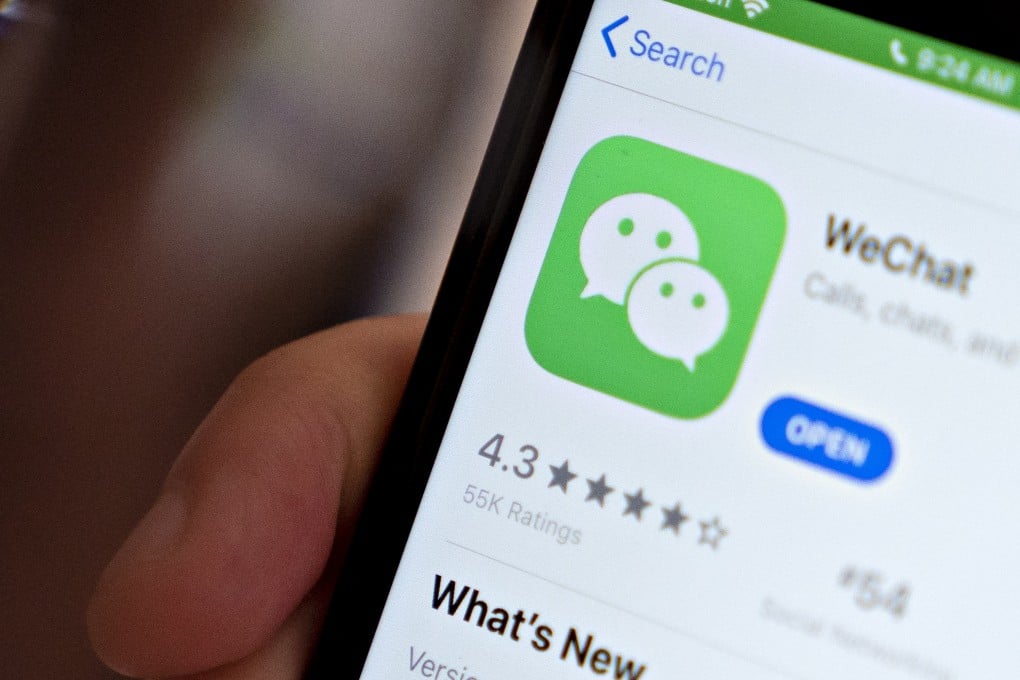Chinese super app WeChat gets bigger and more profitable as it takes on TikTok in short videos and lures ad dollars
- WeChat’s short video service Channels brought in US$411.5 million in ad revenue in the second quarter as the app’s monthly users hit 1.327 billion
- Tencent is pinning its hopes on Channels as a major new revenue driver as it ramps up monetisation efforts on the platform

The social media app, which started as an instant messaging tool in 2011, has gradually become an all-in-one platform for Chinese smartphone users.
Tencent said on Wednesday that monthly active users of WeChat and Weixin – the terms the company uses to refer to accounts outside and inside mainland China, respectively – reached 1.327 billion by the end of June, up from 1.319 billion three months earlier. Tencent did not provide a breakdown of domestic and overseas users, although it is widely estimated that the vast majority of users are in China.
As Tencent has successfully attracted users to spend more time on short videos, the social media giant has sought to better monetise that attention.
Channels, internally referred to as Video Accounts, contributed 3 billion yuan (US$411.5 million) in advertising revenue in the second quarter, making it a main driver of its 34 per cent ad sales growth.
The ad load on Channels remains “a tiny fraction” of that found on rival short video platforms, but Tencent will “progressively enhance our ad load and that translates mechanically into more revenue”, James Mitchell, Tencent’s chief strategy officer, said in the earnings call.